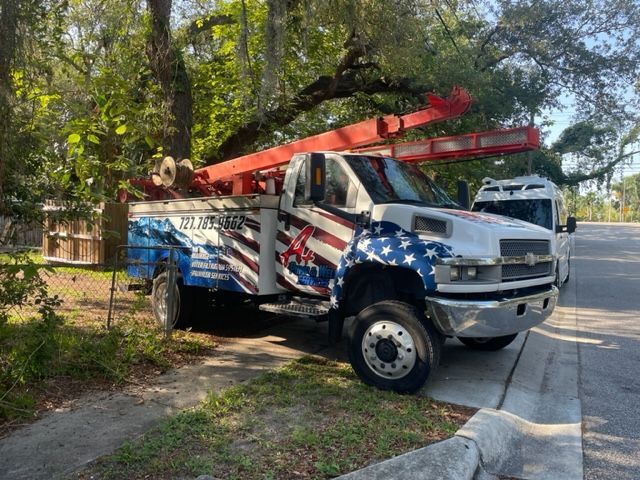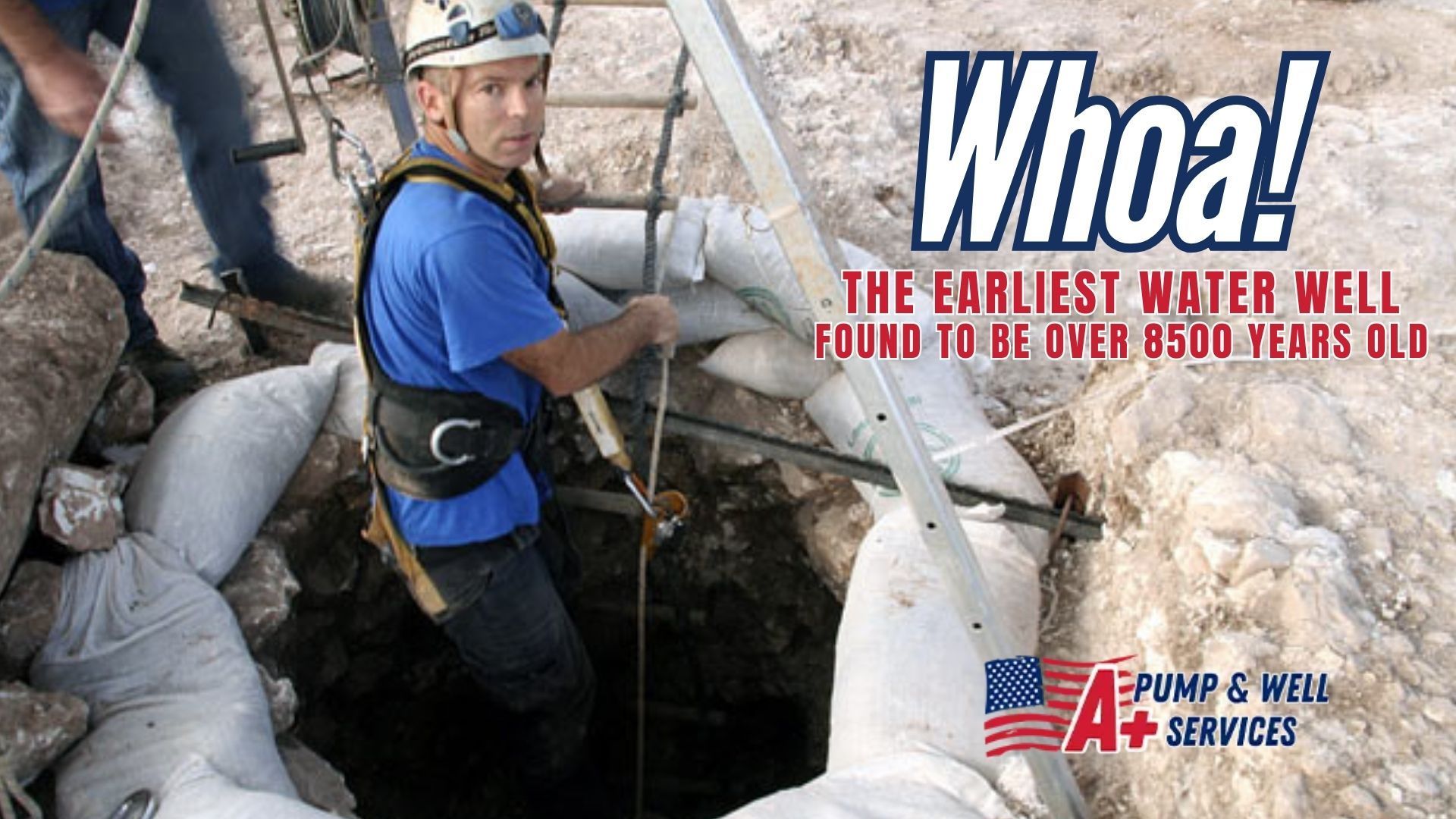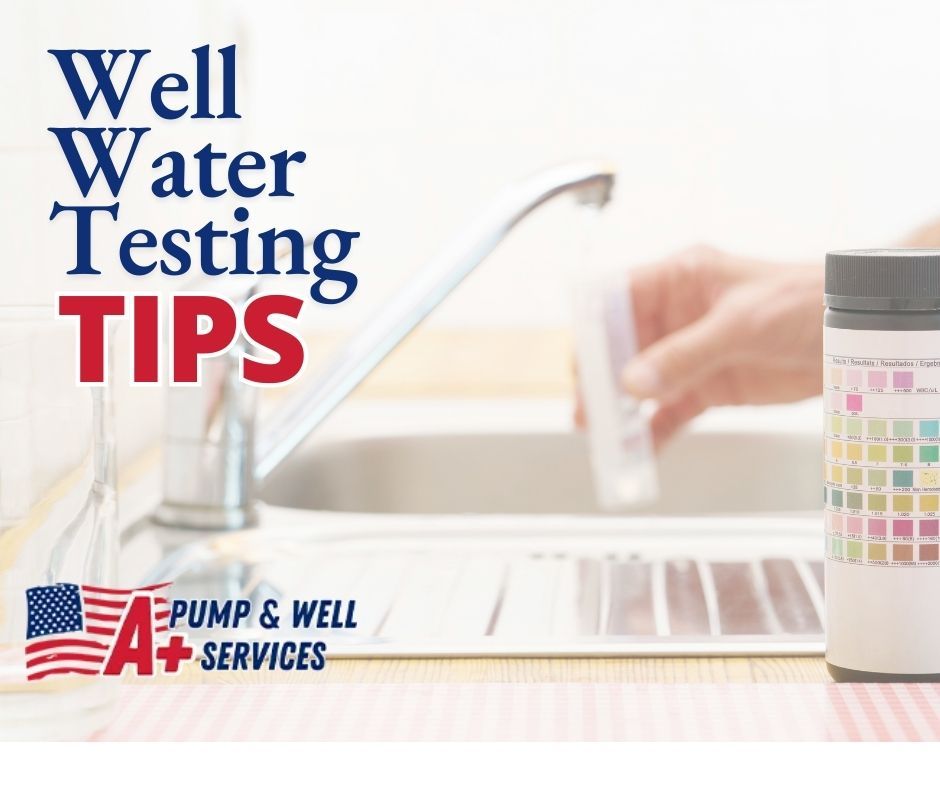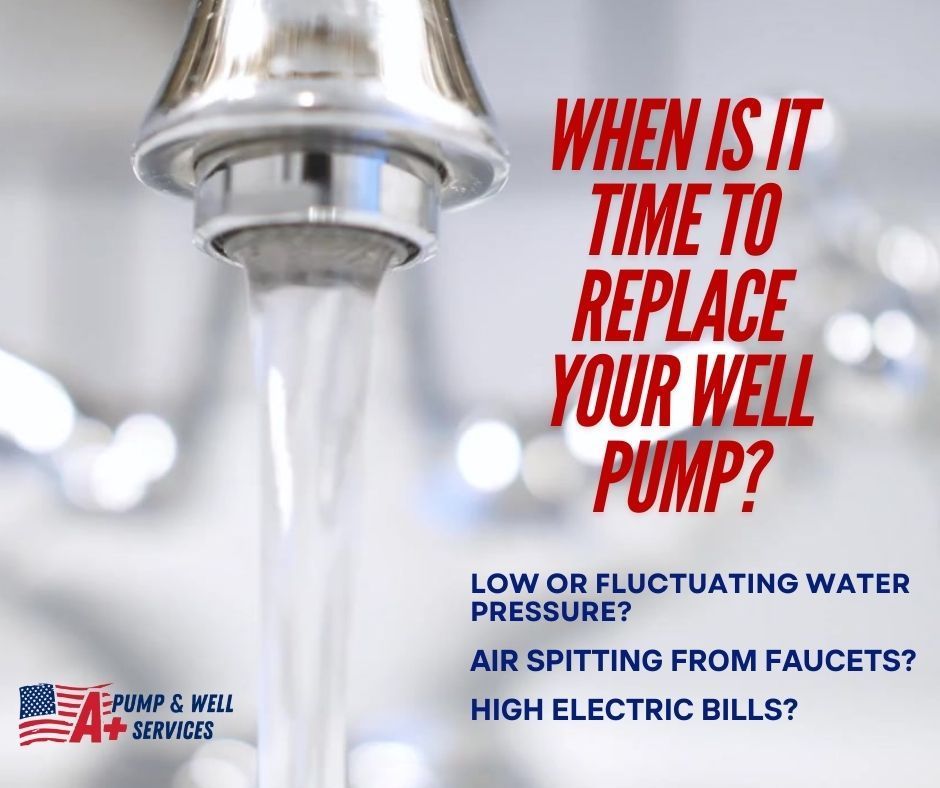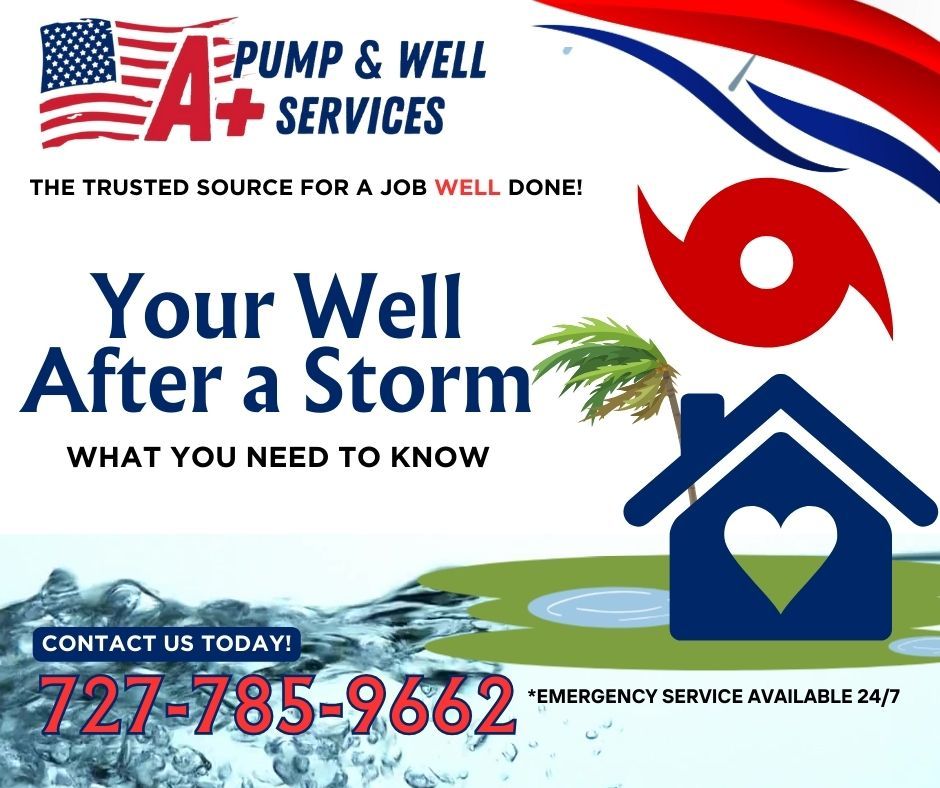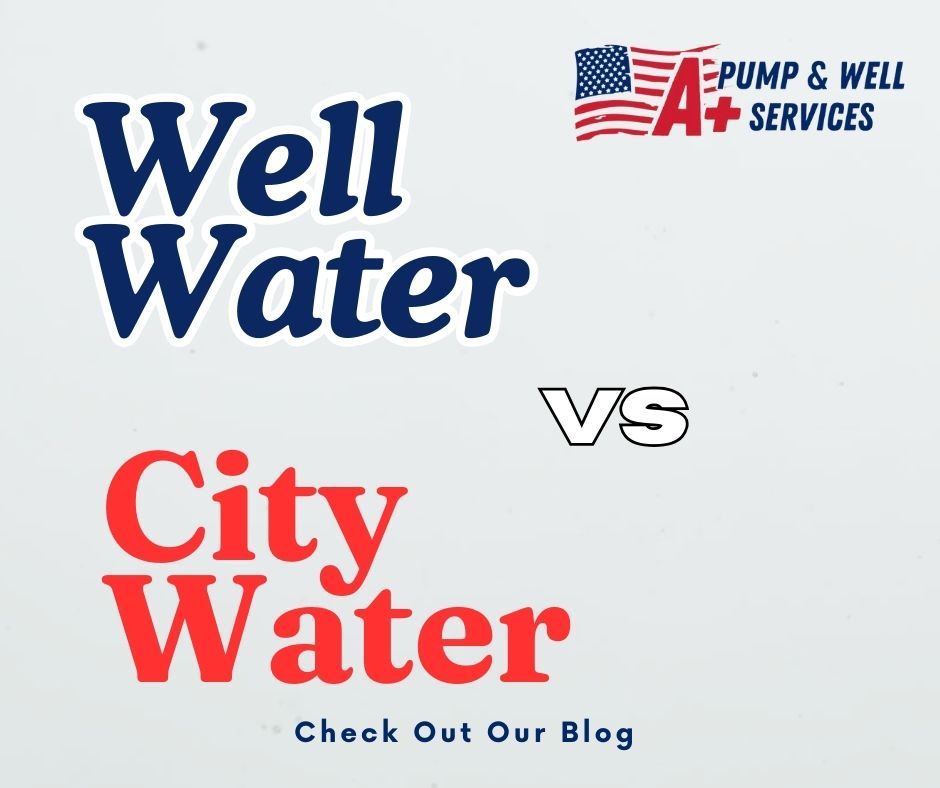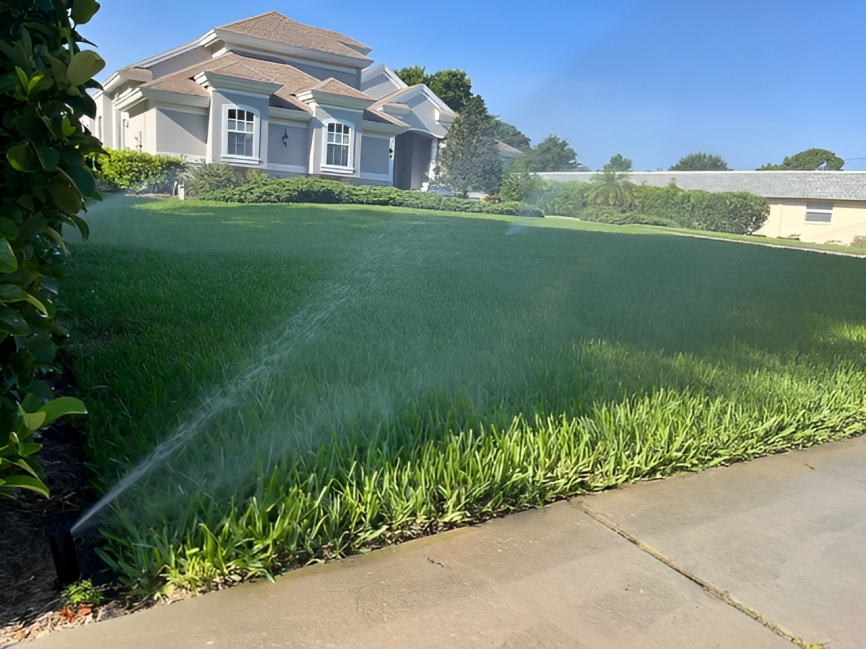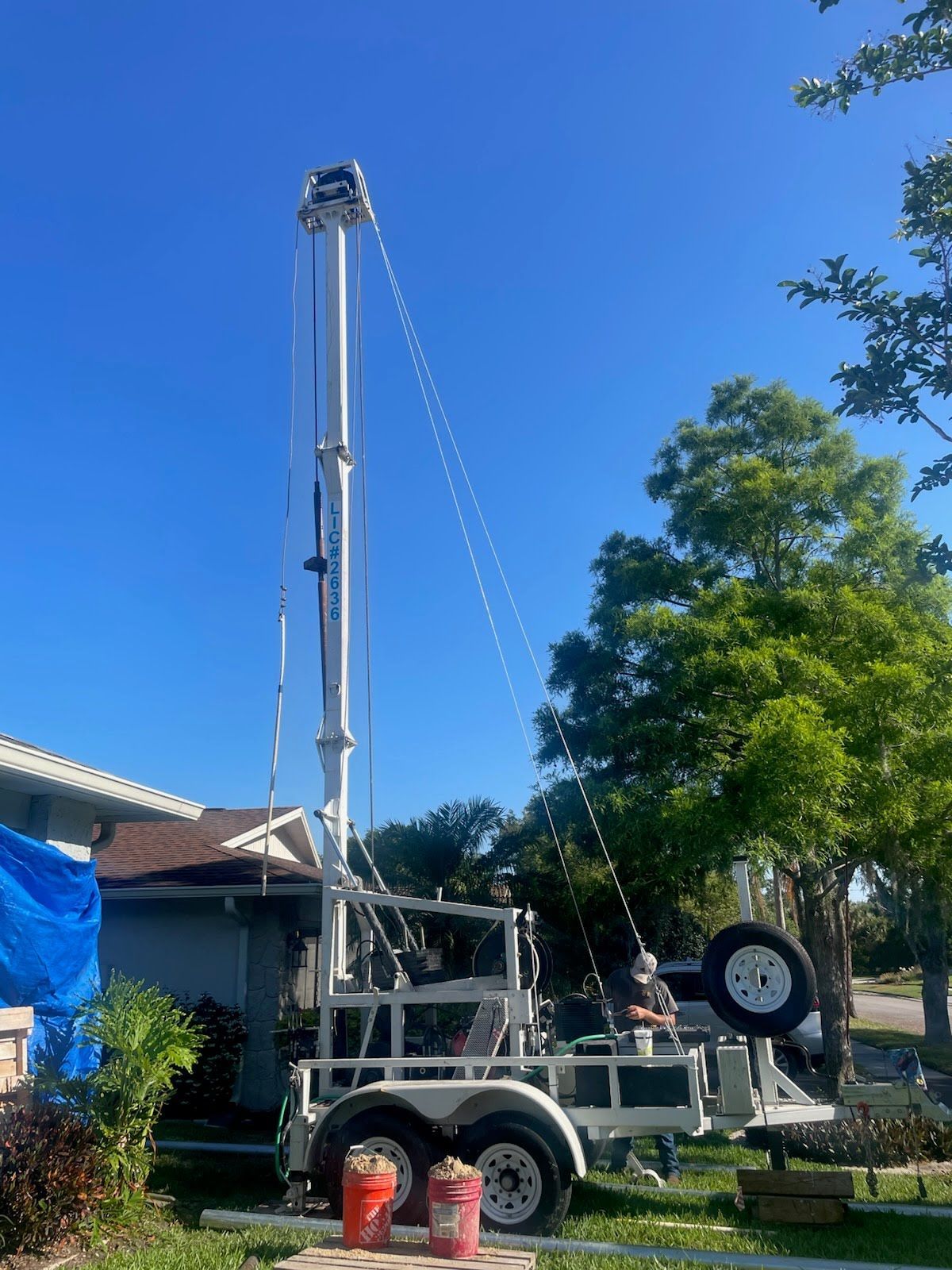Shallow Wells a Clean, Reliable Irrigation Option

The Benefits of Shallow Wells in Florida’s Sandy Soil: A Clean, Reliable Solution for Irrigation
In Florida, maintaining a green lawn, lush garden, or productive farm can be challenging, especially when relying solely on municipal water supplies. High water bills, potential restrictions during dry seasons, and environmental concerns all add to the complexity. For many Floridians, the answer lies right beneath their feet: shallow wells.
Thanks to Florida’s naturally sandy soil, shallow wells can provide an efficient and eco-friendly water source for non-potable uses like irrigation. Here’s why Florida’s soil makes shallow wells an ideal solution and how you can take advantage of this resource.
Why Florida’s Sandy Soil Makes Shallow Wells Ideal for Irrigation
Florida’s soil is unique. Its sandy, porous composition allows rainwater to filter naturally as it percolates down to the aquifers below. This natural filtration helps create cleaner water in shallow wells compared to other types of soil, which may contain more clay or silt that can carry pollutants and impurities.
In a shallow well system, water is drawn from the surficial aquifer, just below the surface. Florida’s sandy soil acts as a natural filter, removing many contaminants and making shallow well water a safer choice for non-potable uses, especially irrigation. This naturally filtered water reduces the need for chemical treatments, making it a convenient, low-cost option for homeowners and farmers alike.
The Advantages of Using a Shallow Well for Irrigation in Florida
Using a shallow well has several benefits beyond water filtration:
- Cost Savings: Shallow wells can significantly reduce water bills by providing an alternative to municipal water for irrigation, helping homeowners save money.
- Sustainability: Drawing water from a shallow well reduces the demand on public water supplies, which is crucial in Florida’s often drought-prone climate.
- Less Restriction During Dry Spells: With a private shallow well, you won’t face the same water restrictions that apply to municipal water during droughts.
- Eco-Friendly Solution: Relying on well water for irrigation reduces the need for chemically treated municipal water, which benefits both plants and the environment.
The combination of Florida’s sandy soil and shallow wells provides a steady, cost-effective water source, especially beneficial for large lawns, gardens, and agricultural applications.
How to Maintain a Shallow Well for Optimal Water Quality
While Florida’s sandy soil provides natural filtration, it’s still essential to maintain your shallow well system to ensure water quality and long-term reliability.
- Regular Water Testing: Even for non-potable use, test your shallow well water periodically for pH, bacteria, and mineral content. Sandy soil does filter contaminants, but it’s still wise to monitor water quality.
- Protect Against Contamination: Keep hazardous materials like fertilizers, pesticides, and gasoline away from the well site. Because shallow wells are closer to the surface, they’re more vulnerable to contamination from nearby activities.
- Inspect the Well Cap and Screen: Ensure the well cap is tightly secured to prevent insects, debris, and small animals from entering the well. Additionally, the screen should be in good condition to keep out sand particles.
- Consider a Sediment Filter: Florida’s sandy soil may occasionally allow fine particles to enter the well. Installing a sediment filter can prevent clogs and keep your irrigation equipment running efficiently.
Maintaining your well ensures it continues to deliver clean water, safeguarding your irrigation system and plants.
Why Shallow Wells Are a Smart Choice for Florida Homeowners
For Florida homeowners and landowners, shallow wells offer an affordable, eco-friendly solution for irrigation. By tapping into the naturally filtered water just beneath the surface, you can significantly reduce your dependence on municipal water, cut costs, and minimize environmental impact.
Plus, a shallow well requires less drilling and infrastructure than deeper wells, making it a quicker, more cost-effective option for those in need of irrigation.
Contact A+ Pump and Well for Your Shallow Well Needs
If you’re ready to explore the benefits of a shallow well for your Florida property, contact
A+ Pump and Well Services. Our team has the expertise to install, maintain, and optimize shallow wells, helping you enjoy a steady water supply for irrigation. Reach out today for a consultation and start experiencing the benefits of your own well water system.
Make your irrigation sustainable and affordable with A+ Pump and Well – your partner in well water solutions!

